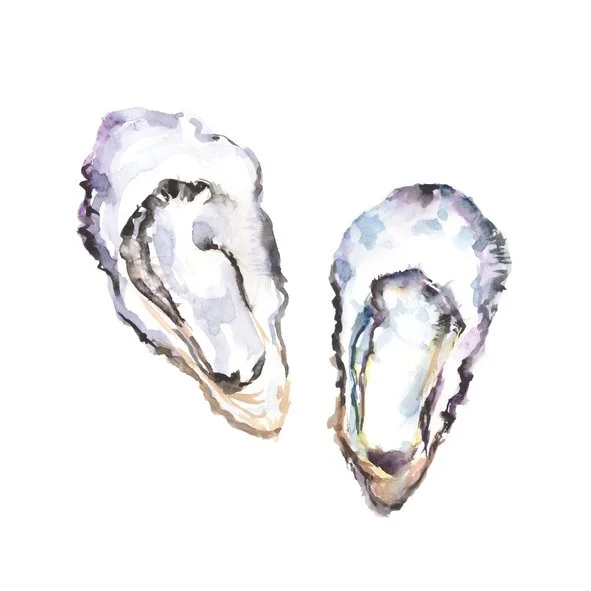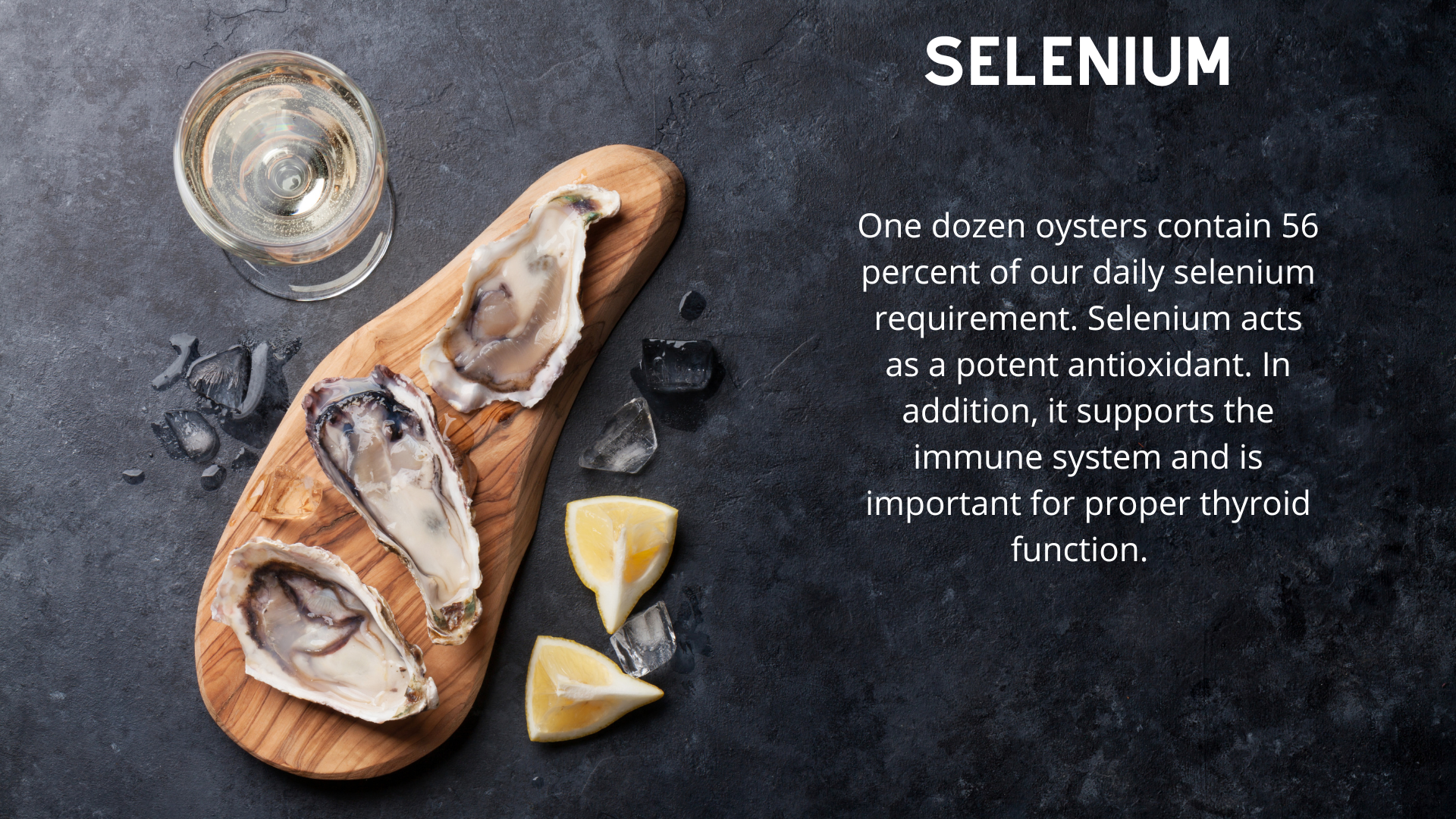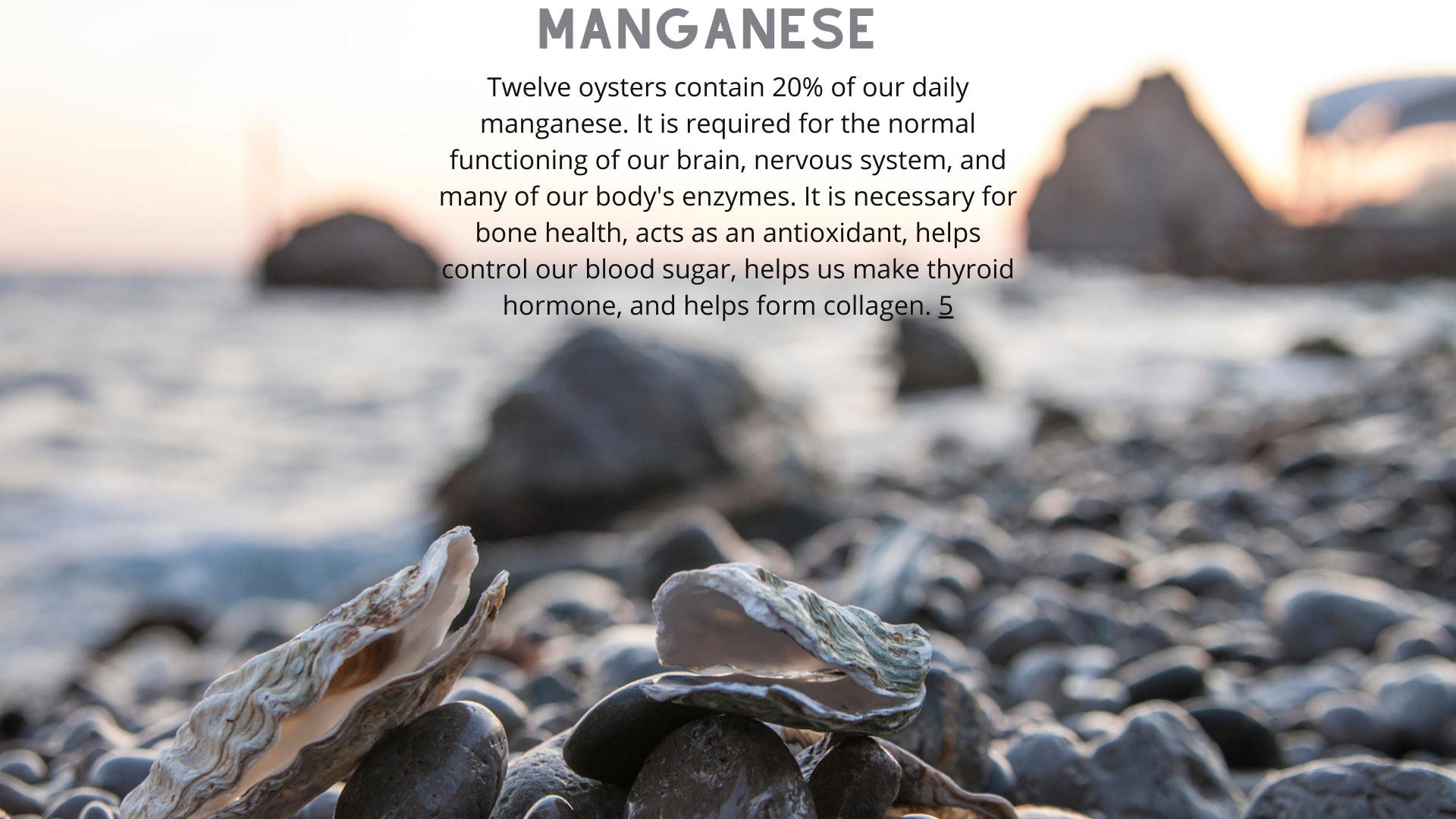Oysters: Nutrient Dense Gems
I grew up on the shore, fishing on the bay and ocean, so I have always loved to eat seafood and spend time on the beach. I spent the Memorial Day weekend on a local barrier island and was surprised to see an oyster vending machine outside a market. We purchased a box, ate half of them raw, and cooked the other half on the grill. I had never seen anything like it and was very impressed with the concept. The proprietor in the video below explains how the machine works.
I eat oysters every chance I get—especially raw ones. For many of you, the idea is repulsive. I enjoy their flavor, but I desire them beyond the taste. I believe they contain at least one nutrient I may be lacking, which explains the craving. After all, oysters are one of the most nutrient-dense foods, and I believe our taste buds main job is to identify missing nutrients and relay a signal to the brain to consume foods containing them. If you want more info, I have written about this phenomenon here. But today, I will talk about the incredible oyster and why you should include them in your diet.
The Oyster
Oysters are part of the mollusk family, which includes clams, scallops, mussels, snails, squids, and octopi. The oldest evidence of human consumption goes back 164,000 years. 1 Oyster farming has been going on for at least two thousand years. In 1609, when Henry Hudson arrived in New York City, the harbor and surrounding waters contained around 350 square miles of oyster reefs. This area was home to almost half the world's population of oysters. 2 Oyster farming, or aquaculture, is a minimally invasive technique of seeding and harvesting oysters regularly. Oyster consumption is rising because exports have increased threefold from 1997 to 2017. 3 Oysters can be prepared in several ways, but the simplest is eating them raw or steamed.
A Serving of Oysters
Most nutritional charts use 3.5 ounces, or 100 grams, for analysis, about one dozen oysters.
Macronutrients
One dozen medium oysters are about 79 calories and provide 9 grams of protein, 4 grams of carbohydrates in the form of glycogen, and 3 grams of fat. The fat is mostly the omega-three variety, touted for its many health benefits.
Micronutrients
Conclusion
Considering an average serving is only 79 calories and oysters contain so many nutrients, they are one of the most nutrient-dense foods known. For me, being on the carnivore diet and loving seafood, they are an absolute gem. I try to fit them into my diet as much as possible. Along with eating liver, another nutrient-dense food, my chances of malnutrition are much less than for someone who does not eat them. Like any natural food, the risk of contamination with toxins, bacteria, and viruses is real but minimal.
Citations:
1 https://www.npr.org/2007/10/18/15391834/who-ate-the-first-oyster-cave-may-hold-an-answer
2 https://www.thrillist.com/eat/nation/oyster-facts-new-yorkers-dont-realize
3 https://www.ncbi.nlm.nih.gov/pmc/articles/PMC9208005/
4 https://www.healthline.com/nutrition/7-common-nutrient-deficiencies#TOC_TITLE_HDR_2
5 https://www.healthline.com/nutrition/manganese-benefits#TOC_TITLE_HDR_11
6 https://www.verywellhealth.com/phosphorus-health-benefits-4589810
7 https://www.verywellfit.com/riboflavin-requirements-and-dietary-sources-2507043
8 https://www.fatsecret.com/calories-nutrition/generic/oysters-raw?portionid=8796&portionamount=1.000











